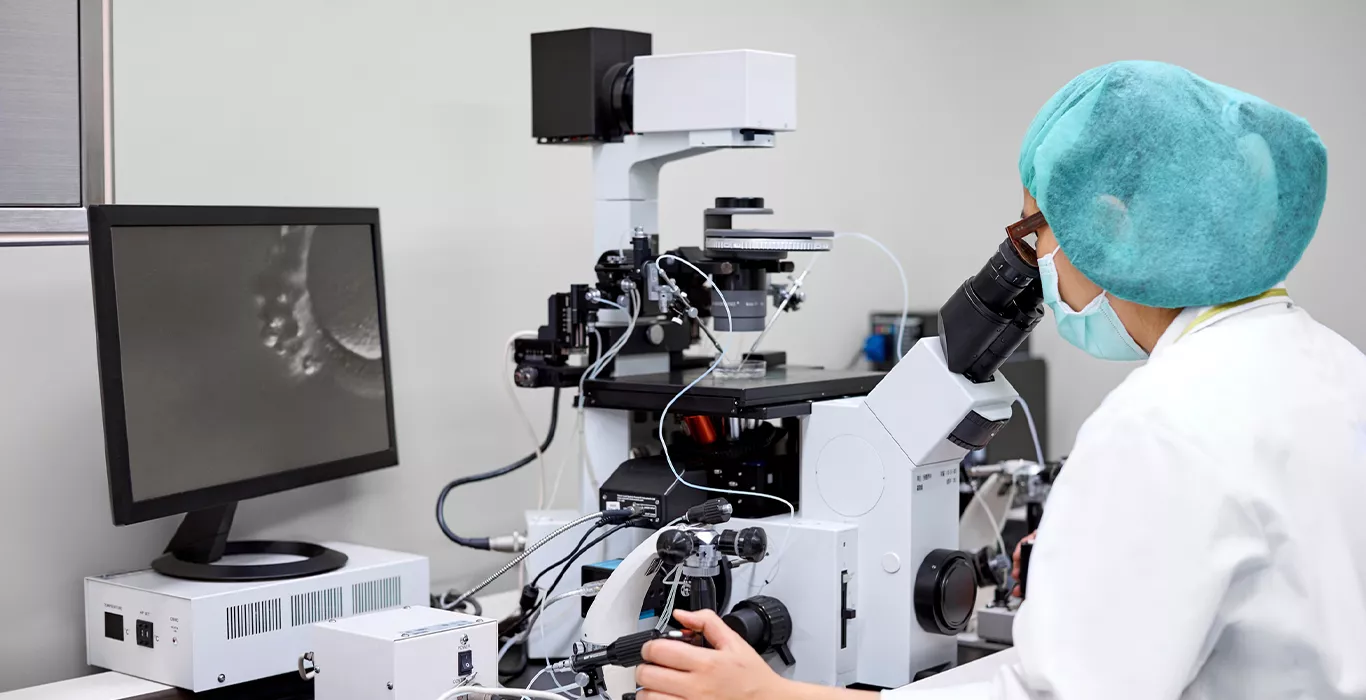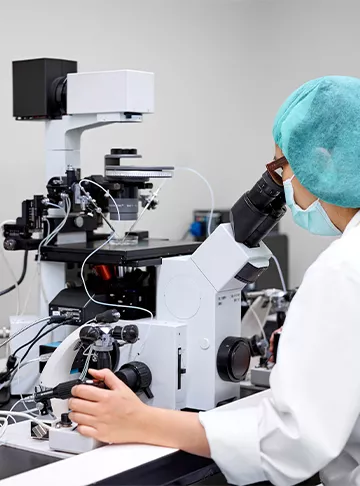Synopsis
As the quote by Josh billing “there are two things in life for which we are never prepared:twins” goes it is very important that we understand the above topic as to be well prepared.
As the quote by Josh billing “there are two things in life for which we are never prepared:twins” goes it is very important that we understand the above topic as to be well prepared.
What is IVF – multiple ova (eggs) are retrieved from ovary of female and fertilized with sperms in laboratory to form embryos which is later transferred in uterus through the cervix, the embryo implants in endometrium resulting in pregnancy.
How many embryos are to be transferred? In early days of IVF multiple embryo transfer were done in order to achieve higher pregnancy rate, the only logic was at least one will implant to give pregnancy. But it resulted in multiple pregnancies most of the times. Multiple pregnancy i.e. twins, triplets etc. is also associated with various complications both to mother and the babies. The complications to mother are increase chances of preterm labor, premature rupture of membrane, PIH, anemia ,PPH and to the babies are low birth weight, NICU admission, jaundice, respiratory distress etc. Also the couple has increased financial burden due to prolong hospital admission and further ultimately take home baby is not so promising due to several twins related problems as compare to singleton mothers.
Hence the criteria of IVF success should not be achieving only pregnancy but achieving healthy singleton pregnancy. This can be effectively done by elective single blastocyst embryo transfer to reduce or eliminate incidence of multiple pregnancy while maintaining similar pregnancy rates as suggested by various retrospective studies over the past few years.
According to Society of assisted reproductive technologies (SART), SET(single embryo transfer)is defined as decision taken of transferring single top quality embryo among the total number of embryos formed after appropriate patient selection and counselling .
The two most important aspects of SET
Patient selection-
Age, first IVF cycle, top quality embryo, ovum donor cycle, Day 5 stage of embryo selected.
Patient counseling-
The most important criteria for single embryo transfer is consent of couple. There is fear among couple going for IVF that SET will reduce the chances of pregnancy. With history of IVF and multiple pregnancy being so frequent that couple who desires only pregnancy take risks to come out of stigma of infertility.
However it should be understood that 40 yrs since the first IVF baby was born and today many studies have been conducted and it is a prove fact today that if condition are favorable like age, day 5 stage (i.e. blastocyst) good quality embryo and endometrium there is hardly any difference is pregnancy rates between single or double embryo transfers. According to a retrospective observational study conducted by R. J. Stillman et. al between 2002-2006, 12135 IVF cycles were studied which shows the pregnancy rate after double and single embryo transfer was 67-71% and 64-67% respectively .A study conducted in Iowa city USA by J.D. Kresowik and team, showed that after implementation of mandatory SET in women <38yrs, no prior failed cycle and good quality blast the live birth rate in fact improved from 51% to 55%and multiple pregnancy rate reduced by half.
With all said and done there arises the question can single embryo transfer still result in twins the answer is yes though the chances are very less still twin pregnancy is a possibility.
Various observation studies have been conducted to find the chances of twins with single embryo transfer ,one such study carried out in Japan by Ylkemoto et al where 937848 SET pregnancies between year 2007-2014 was studied .The study showed that the overall chance of twin is only 1.6 percent in single embryo transfer out of which 1.36 is monozygotic twins (identical twins)and 0.3 percent is dizygotic twins. Dizygotic /non identical twins this was mainly due to occurrence of 2 pregnancies at a time one from natural ovulation or from unretrieved oocyte and coitus with subsequent fertilsation and second pregnancy derived from SET.
Chances of dizygotic pregnancy are more in obese patient with unexplained infertility as oocyte retrievel is difficult leading to some unretrieved eggs which may be fertilised if they have coitus however there not enough studies to prove so. Another study conducted between 2010-2013 by R.Fritz et.al showed that among 14986 birth after SET 14737(98.3%) were singleton pregnancy,1.6% twins and among those 0.3 % were dizygotic in simple terms there 1 in 6 chance of dizygotic pregnancy if twins occur in SET. So in cases of unexplained infertility atleast using barrier contraception at time of IVF cycle can prevent dizygotic twins in SET and thereby reducing chance of twins by 0.3-0.5%.
Cause of twins in SET is zygote splitting-Zygote is formed after fertilization of ovum with sperm which further develops in an embryo.
Due to zygotic splitting phenomenon instead of one ,two embryos develop as seen in above picture resulting in twin pregnancy.This occurs rarely in spontaneous conceptions also but the overall occurrence of zygote splitting is more in IVF cycle as compared to spontaneous conception.
The reason of zygote splitting more in IVF is not exactly known but various studies suggest increased manipulation of embryo in laboratory .Manipulation can be at various levels like blastocyst culture,freezing,laser assisted hatching,embryo biopsy for pregenetic testing nothing is pinpoint or proven.Study conducted by B.J vollenhoven et al in 2007-08 concluded that mono zygotic(mz) twin rate with IVF in there study was 7-8 times the natural mz twin rate and twin rate was not influenced by blastocyst transfer neither by frozen embryo.
Furthermore, the study done by Peyser A et al 2018 collectively gives an overview that Fresh eSET increases the risk for monozygotic twins compare to FET and also FET of blastocyst seems to be protective for embryo splitting and monozygosity. Some studies says post 5 or 6.3 days of fertilisation, there is higher chances of embryo splitting to monozygote twins.
Saudnders PA et al 2013 studies that SET blastocyst had higher pregnancy outcome with no multiple pregnancies as compare to DET (double embryo) at cleavage stage where pregnancy outcome is significantly lower with 27.5% twin incidence.
Conclusion
Single embryo transfer though very rare can result in twin pregnancy.
Since the cause is not exactly known it needs further studies and research .The impact of embryo manipulation techniques on pregnancy rate clearly outweighs the rare risk of twins in SET if any.
Couple undergoing IVF treatment opting for single embryo transfer should know that there is still a rare chance of twin pregnancy specially those who are at more risk of maternal complications due to multiple pregnancy.
However this should never be criteria of decision making of single or double embryo transfer ,according to CDC ,the incidence of low birth weight and prematurity is 9% and 14 % with singleton pregnancy whereas it is 55% and 60-65 % respectively with twin pregnancy.
The only effective way of reducing risk of multiple pregnancy is single blastocyst embryo transfer while maintaining high implantation and pregnancy rate and to achieve the goal of healthy singleton pregnancy.
Comments
Articles
2022


Guide to infertility treatments Blastocyst Culture And Transfer
6 Sexually Transmitted Diseases (STDs) that can make you infertile!
The relation between STD & Infertility- Besides preventing pregnancy, t...
2022
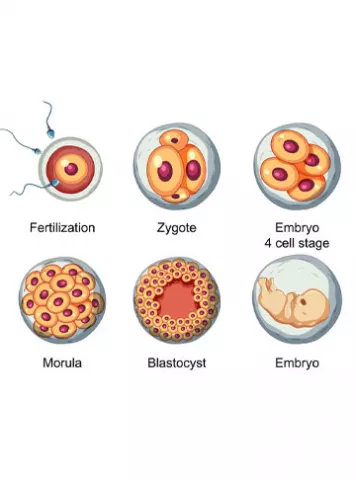

Guide to infertility treatments Blastocyst Culture And Transfer
Patient’s Guide to IVF – Post Embryo Transfer DO’s and DONT’s
Although there are not many things that an IVF patient, who has recently got a...
2022
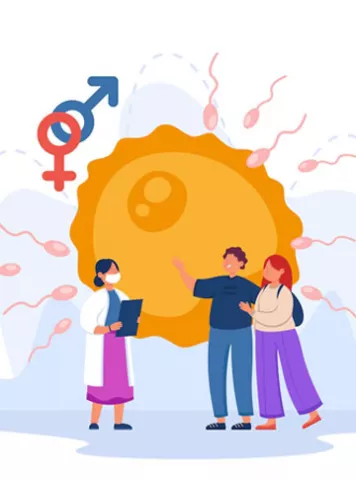

Guide to infertility treatments Blastocyst Culture And Transfer
IVF Process in 3 Simple Steps: Stimulate, Retrieve, Transfer
INTRODUCTION IVF, In vitro fertilization, is an infertility treatment of fe...
2022
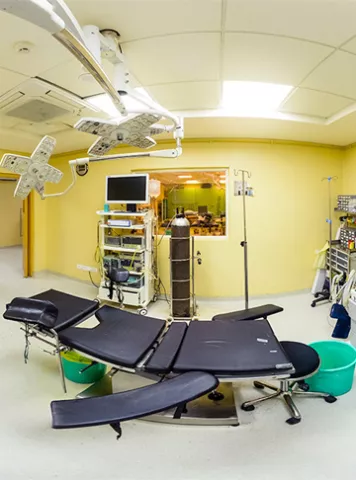

Guide to infertility treatments Blastocyst Culture And Transfer
Step by Step- Embryo Transfer
The IVF procedure culminates with embryo transfer. It is very important to mak...
2022


Guide to infertility treatments Blastocyst Culture And Transfer
How Many Embryos Should I Transfer
Embryos Transfer – Introduction The 1st successful invitro fertilisation ...
2022


Guide to infertility treatments Blastocyst Culture And Transfer
What Is The Best Advice After Embryo Transfer
In Vitro Fertilisation, popularly referred as IVF has captured attention since...
2022
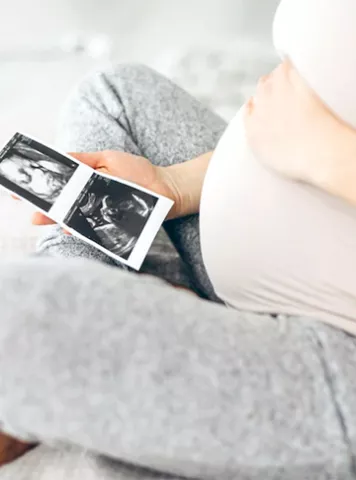

Guide to infertility treatments Blastocyst Culture And Transfer
Elective single embryo transfer (eSET): A safe option in IVF
What is Single Embryo transfer or SET? Single embryo transfer (SET)is an el...
2022
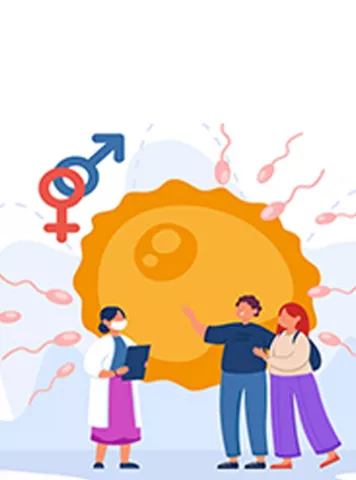

Guide to infertility treatments Blastocyst Culture And Transfer
Embryo Transfer Process
What is Embryo Transfer ? ▪ Embryo Transfer is a very crucial step in IVF...
2022


Guide to infertility treatments Blastocyst Culture And Transfer
What are the Benefits of Frozen Embryo transfer?
Frozen Embryo Childlessness was considered a social stigma since ages. Mill...
2022
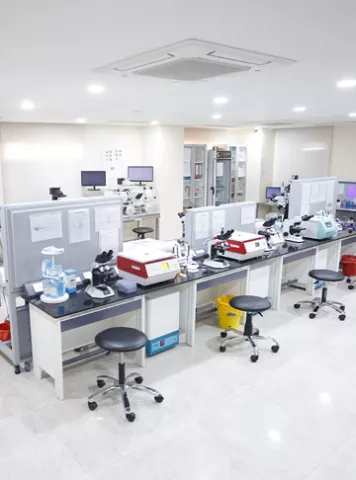

Guide to infertility treatments Blastocyst Culture And Transfer
Quality control (QC) concerning pH, temperature and osmolality in the embryology lab
The efficiency of the embryology lab protocols can be improved by conducting r...
Tools to help you plan better
Get quick understanding of your fertility cycle and accordingly make a schedule to track it

